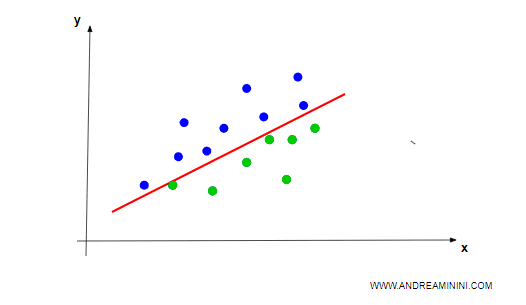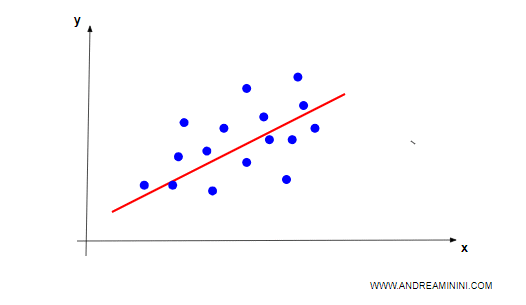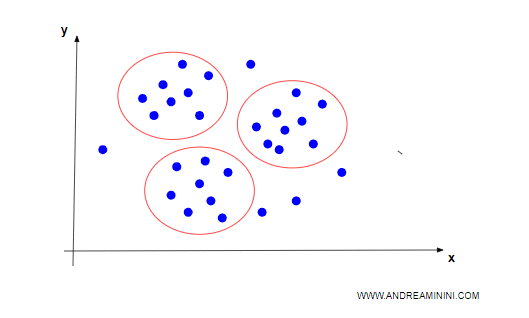Patterns in Machine Learning
A pattern is a data sample that carries useful information.
What is a pattern? In artificial intelligence, a pattern is synonymous with a template, model, or example. This holds true in marketing, data mining, and trading as well. In all these fields, a pattern is used to unearth hidden information within a vast amount of data (big data).
Types of Patterns
There are several types of patterns:
- Numerical Patterns. These are values, properties, or measurable characteristics, typically vectors consisting of continuous or discrete numerical values.
Example. The price fluctuations of a stock can generate numerical patterns.
- Categorical Patterns. These are the qualitative properties and characteristics of an object that can't be numerically mapped.
Example. The color of the sky is a non-numerical quality. However, it can form a pattern (e.g., "Red sky at night, sailor's delight").
- Sequential Patterns. These are data sequences of fixed or variable length.
Example. An audio stream is a sequence of sound that conveys a sentence in natural language and carries information. Another example of a sequential pattern is a video stream, composed of multiple frames depicting a particular action. And so on.
Pattern Recognition
The discipline concerned with the recognition of patterns is known as pattern recognition.
Pattern recognition can be achieved through machine learning or with pre-programmed algorithms.
Various pattern recognition techniques exist:
Classification
In classification, a class is created to group patterns that share one or more common properties.

A class is characterized by a function that defines a clear and undisputable space of belonging.
Example. A classification function might group students by hair color. Another could do so based on gender, age, birthplace, previous studies, etc., and then look for a relationship with their grades.
In classification, either two (binary classification) or more classes (multi-class classification) are used. Naturally, having just one is entirely pointless.
Regression
Regression assigns a continuous value to patterns.
It's a statistical technique.

Regression creates a function capable of approximating output data from input data.
Clustering
Clustering is a technique used to identify groups (clusters) of patterns with similar characteristics and properties.
In clustering, classes aren't predefined because causal relationships are lacking. However, the data still exhibit noteworthy similarities.

Once the cause of the patterns' regularity in a cluster is understood, a class can be defined.
Example. Clustering techniques are used in marketing to identify consumer purchases and preferences based on their behaviors and interests.
